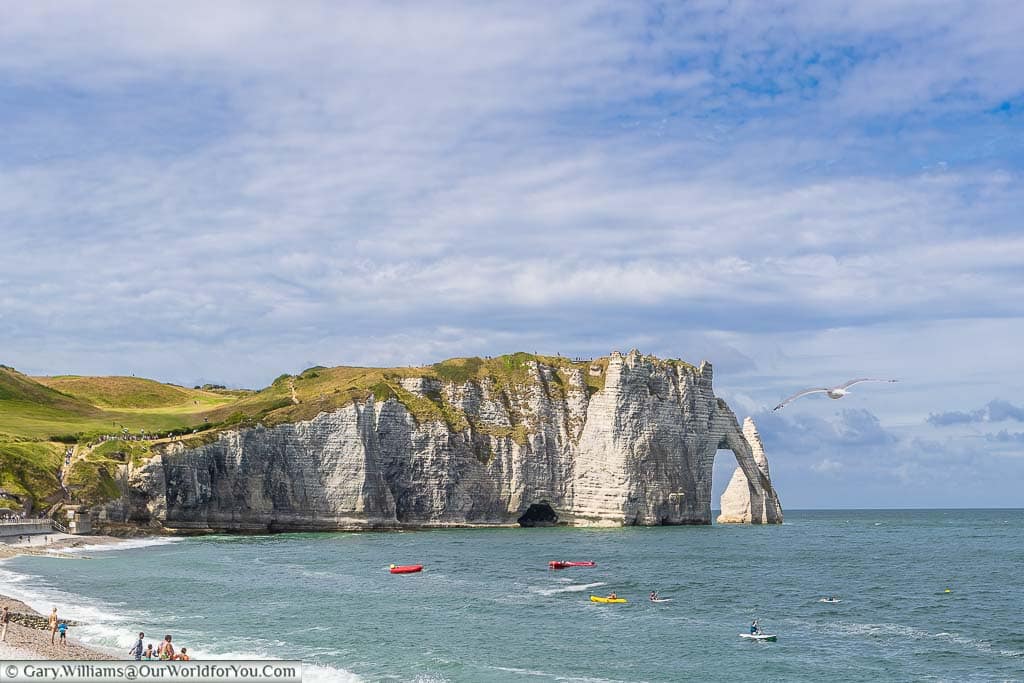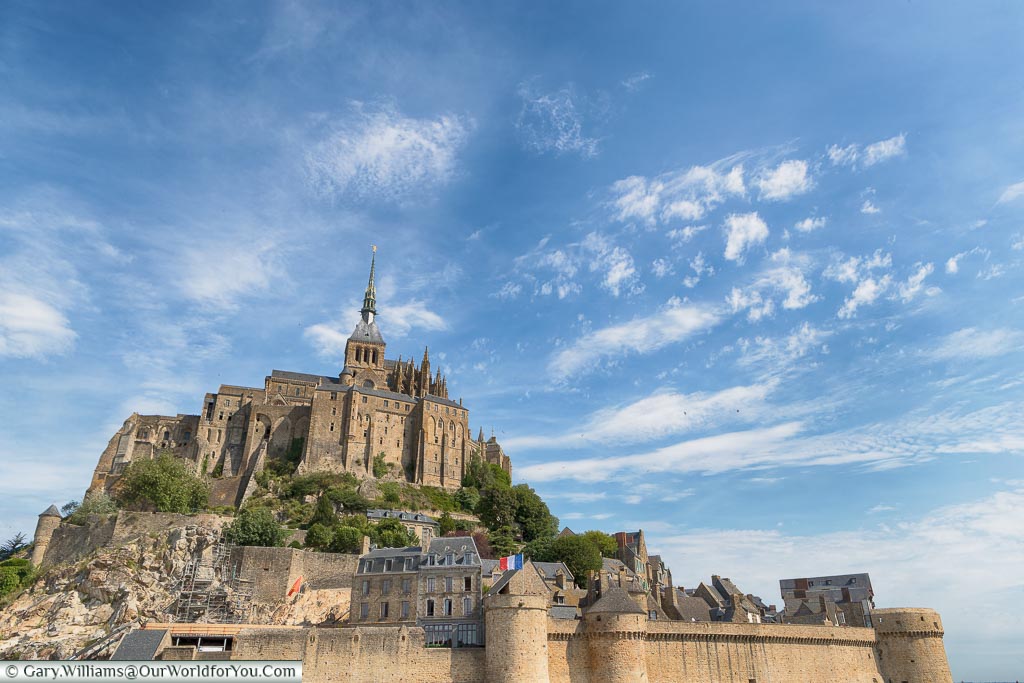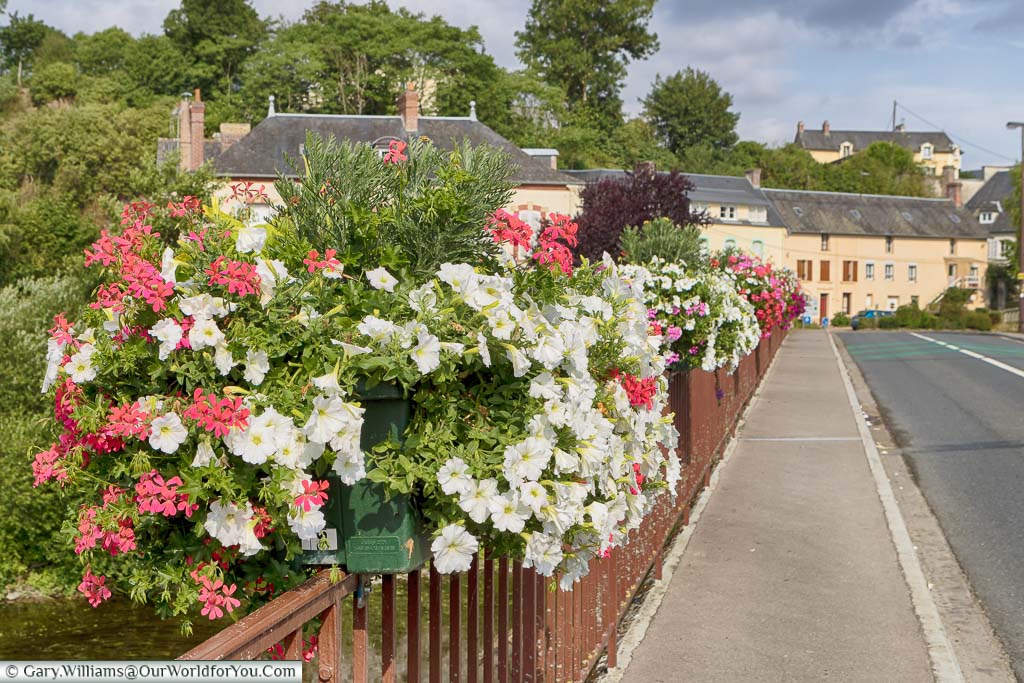Where the famous Battle of Hastings unfolded in 1066
Battle in the southeast of England is in the heart of the East Sussex countryside and is a tranquil and beautiful town. You’d find it a struggle to envisage the thundering troops from England and France, battling it out with each other on 14th October 1066.
Today an air of serenity rests across the battlefield masking the scene where the Battle of Hastings took place. It’s here where William, Duke of Normandy defeated King Harold, the last Anglo-Saxon King of England, on his own turf.
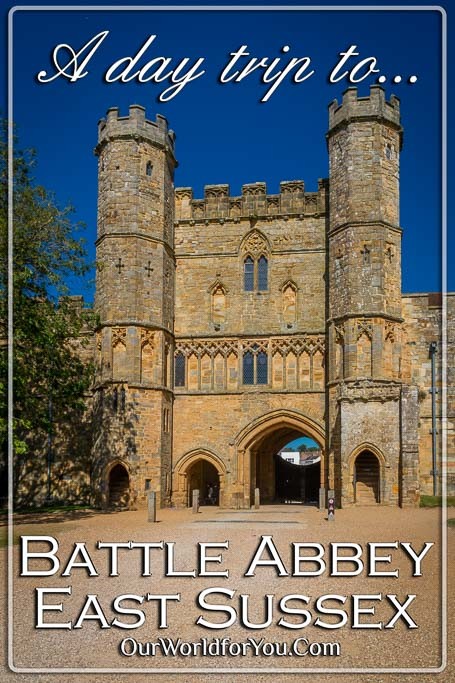
Where is Battle, East Sussex
Need a car?
The entrance to Battle Abbey
The Great Gatehouse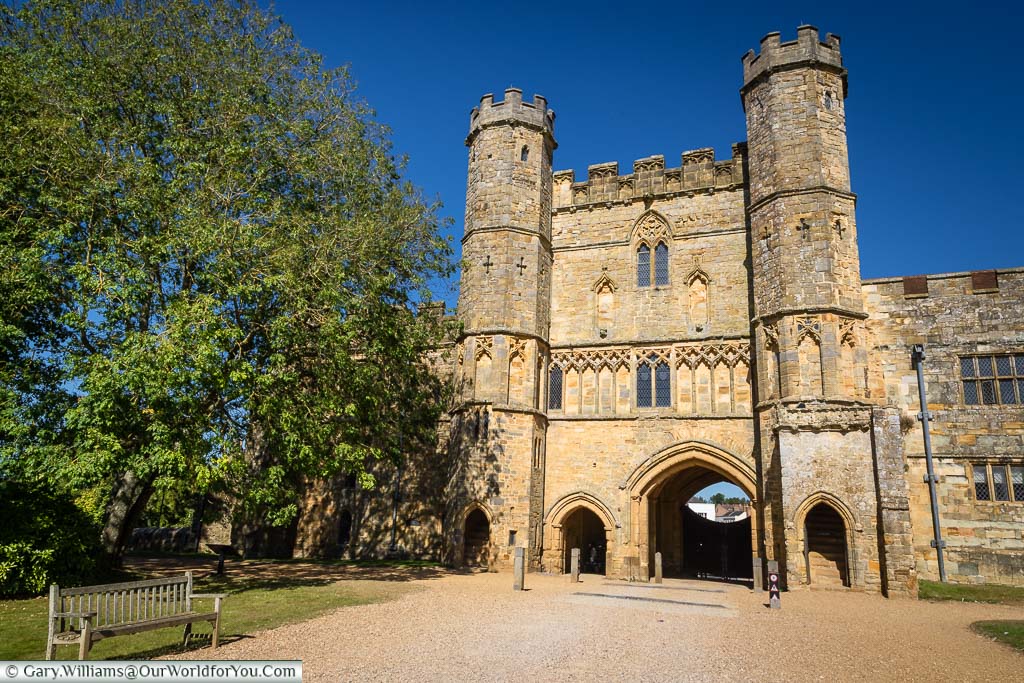
The Abbey and Battlefield are lovingly preserved by the ‘English Heritage’ and kept in impeccable condition.
Immediately on hand as you wander beyond the Gatehouse are welcoming faces ready to answer all your Battlefield questions.
English Heritage
Useful things to know
- 2021 Pricing; Adult £13.90Children £8.40Concessions £12.50 – All include Gift Aid.
- Ideally, wear comfy shoes if you are going to walk the full tour.
- Onsite café is available and also a picnic area if you wish to bring your own lunch.
- Play area for children
- Check opening times, as Battle Abbey is only open weekends in the winter.
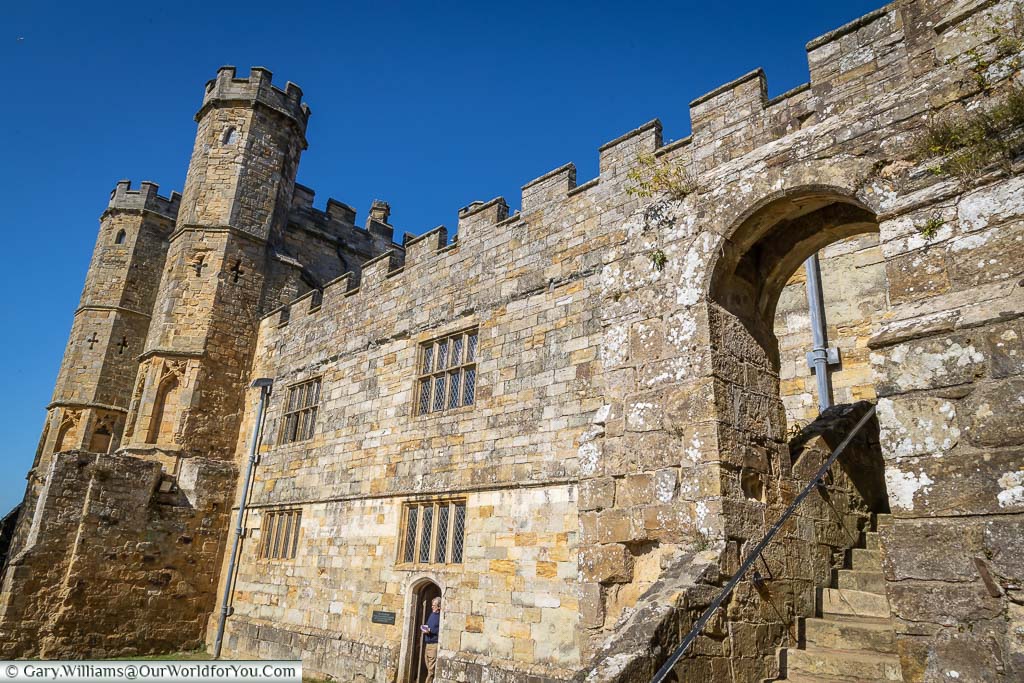
Views over the Battle of Hastings
Head to the rooftop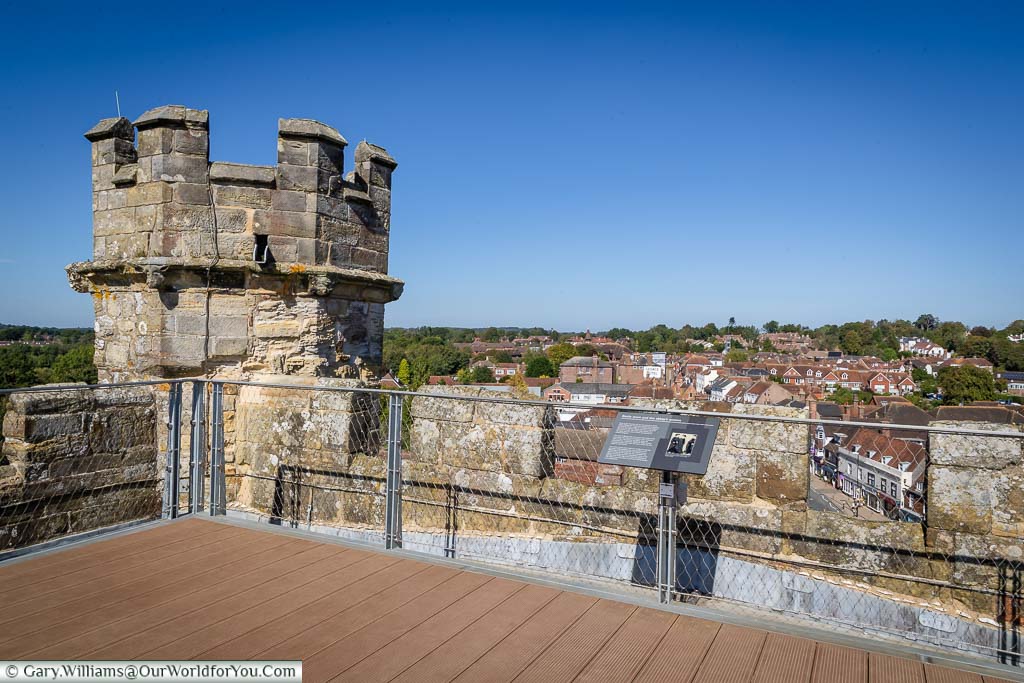
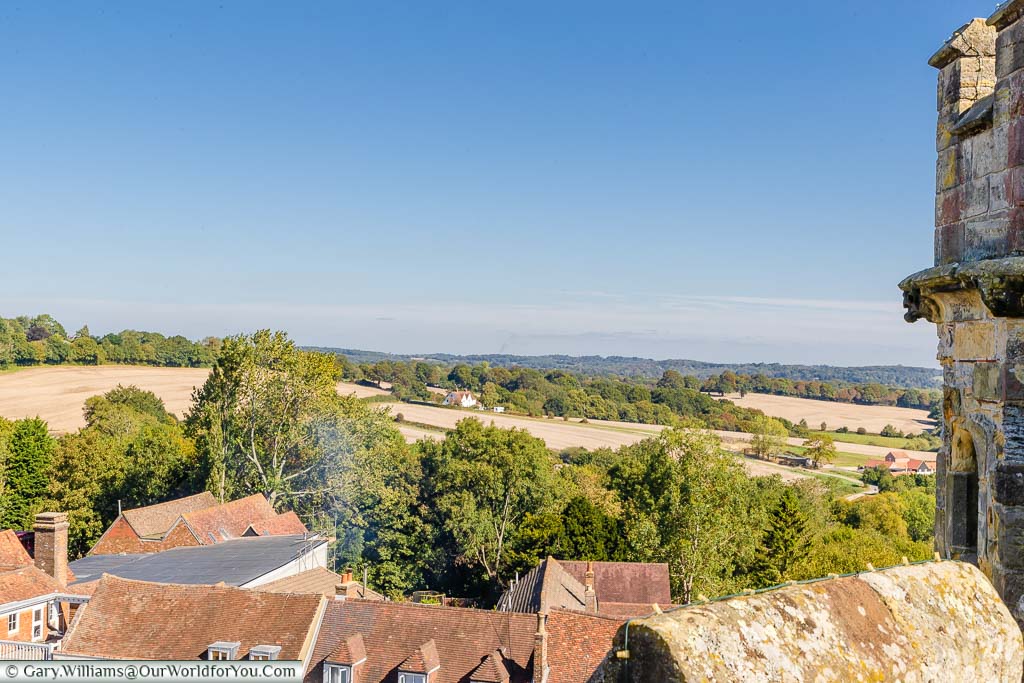
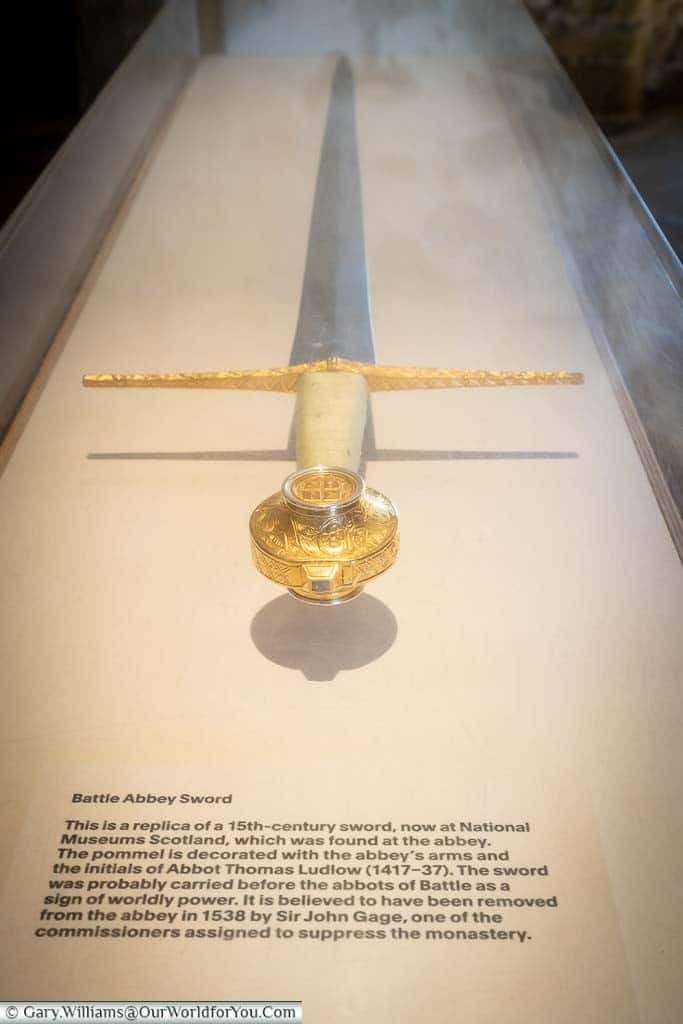
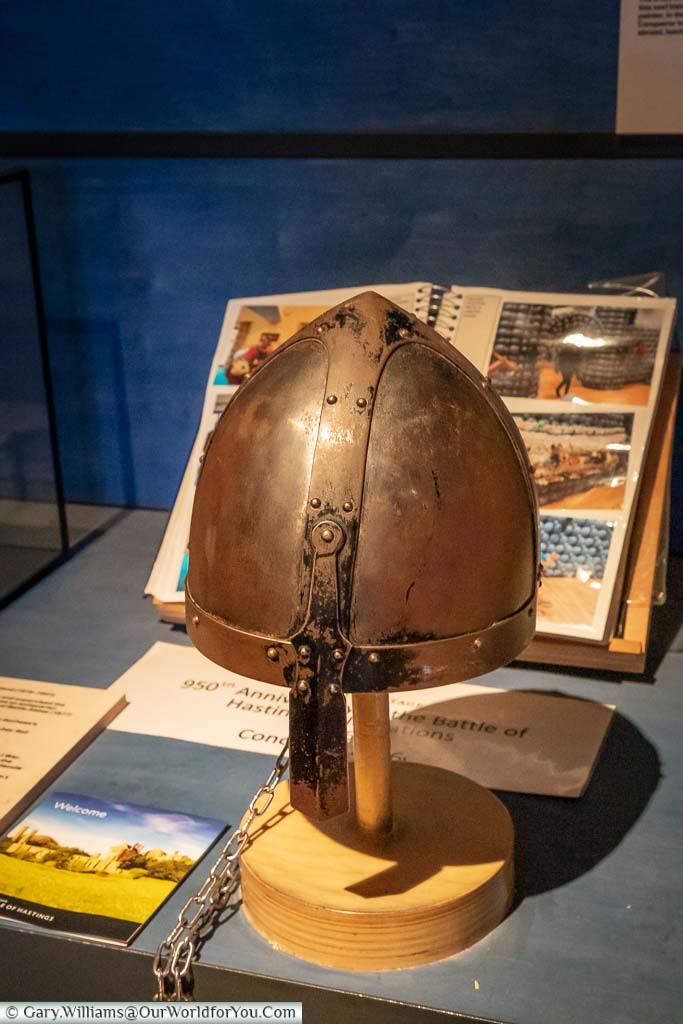
The story of the Battle of Hastings
The invasion unfolds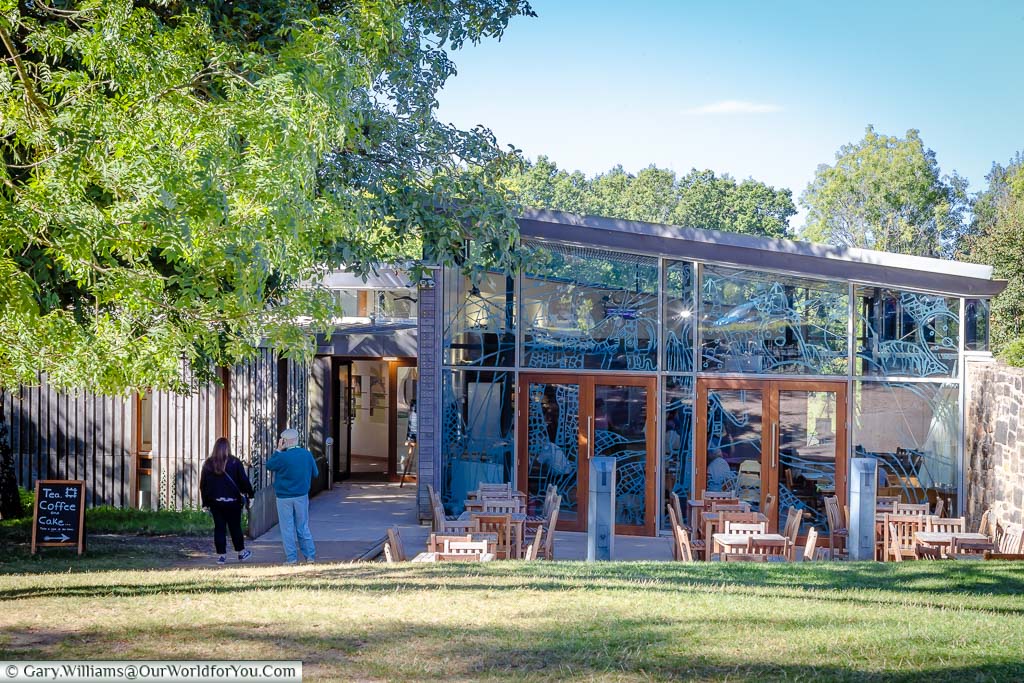
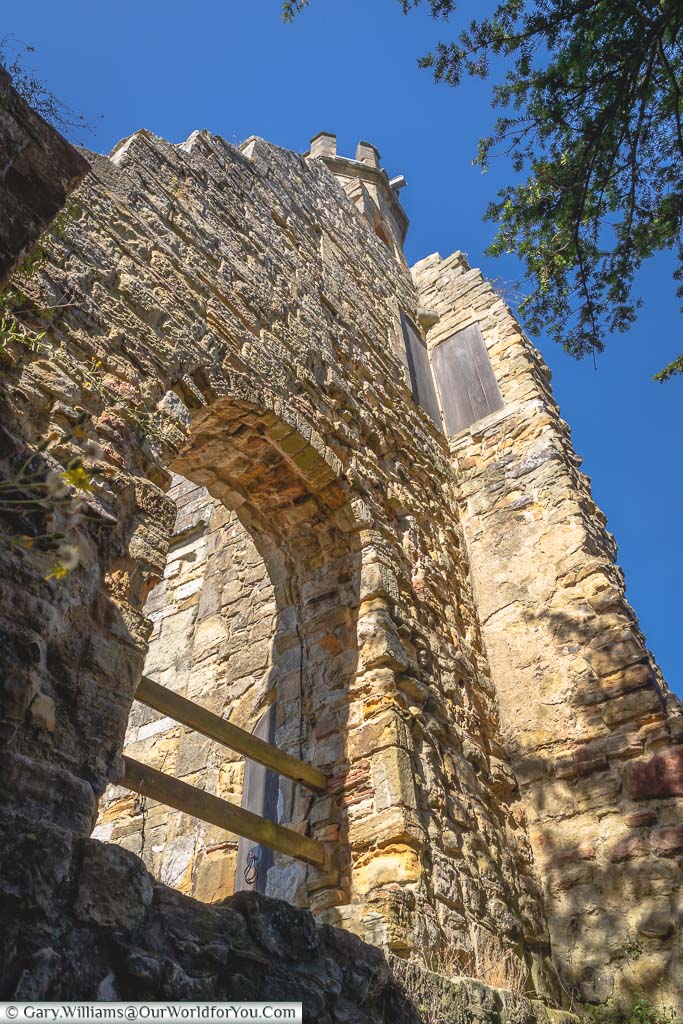
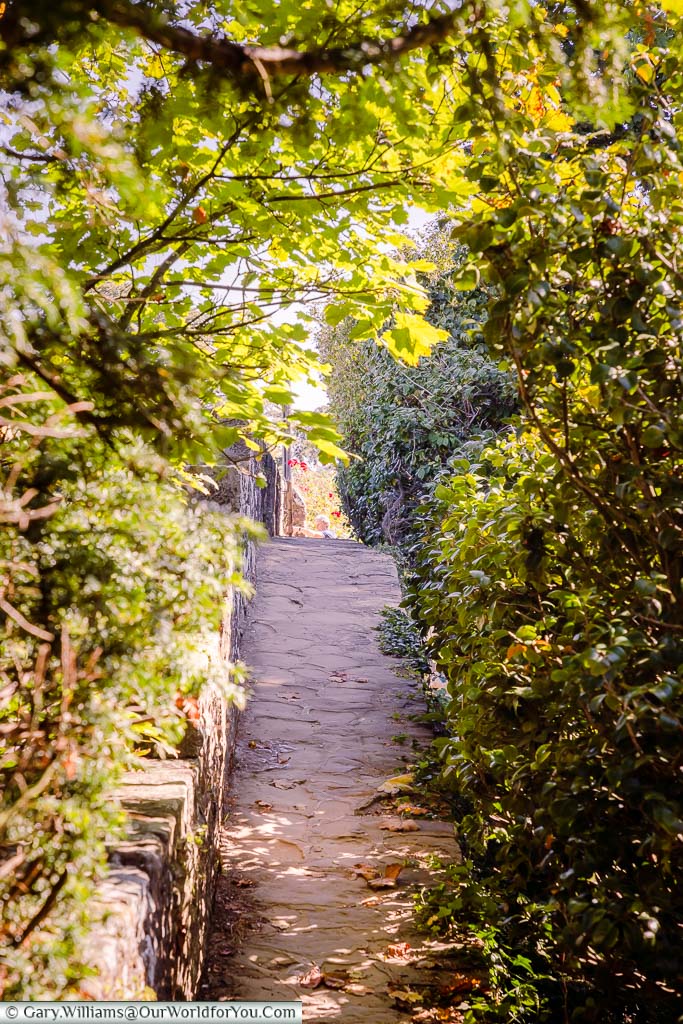
A visit to Battle Abbey
An act of contritionBattle Abbey was built by William the Conqueror, and it was believed to be in penance for the bloodshed during the Battle of Hastings.
Today very little of the original abbey remains; however, with the shell of the dormitory commanding such a presence, it creates an incredibly calming atmosphere.
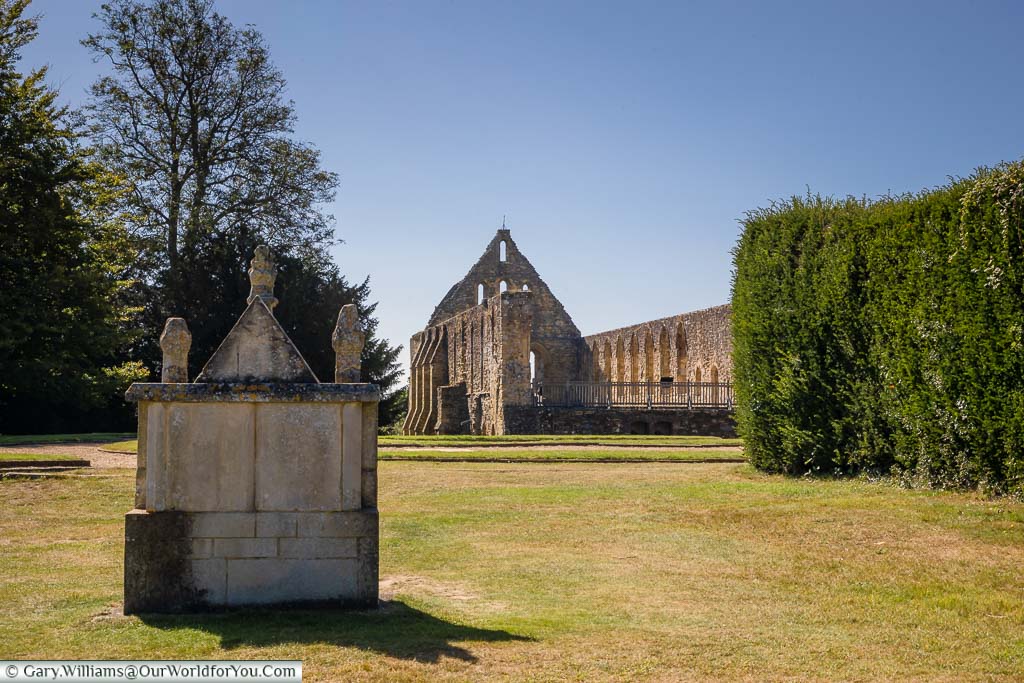
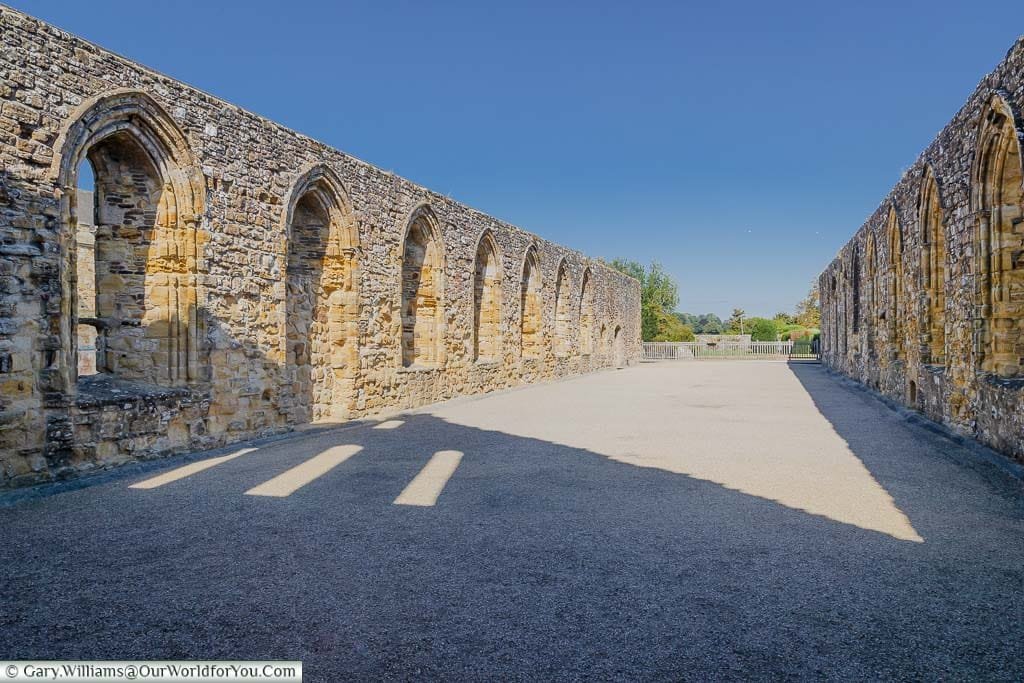
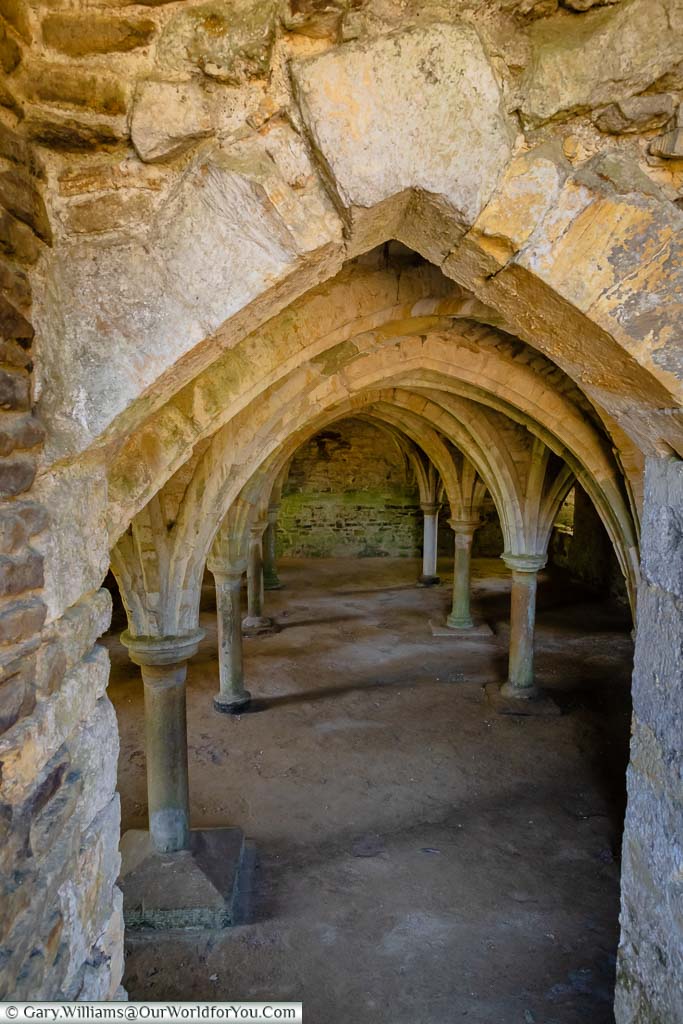
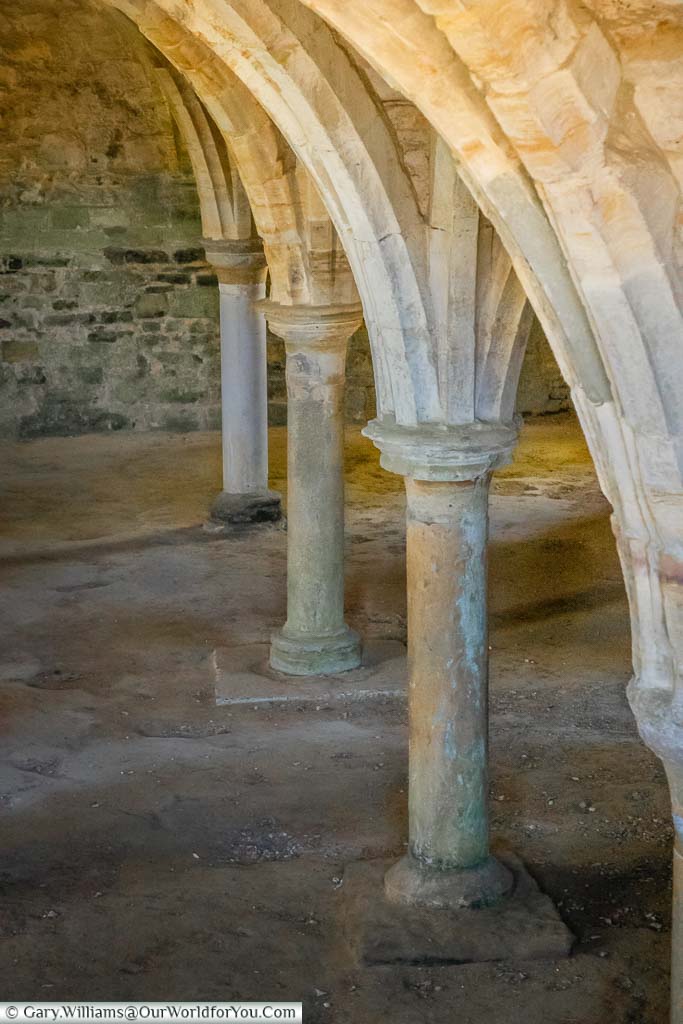
Learning about the Battle of Hastings
King Harold is defeated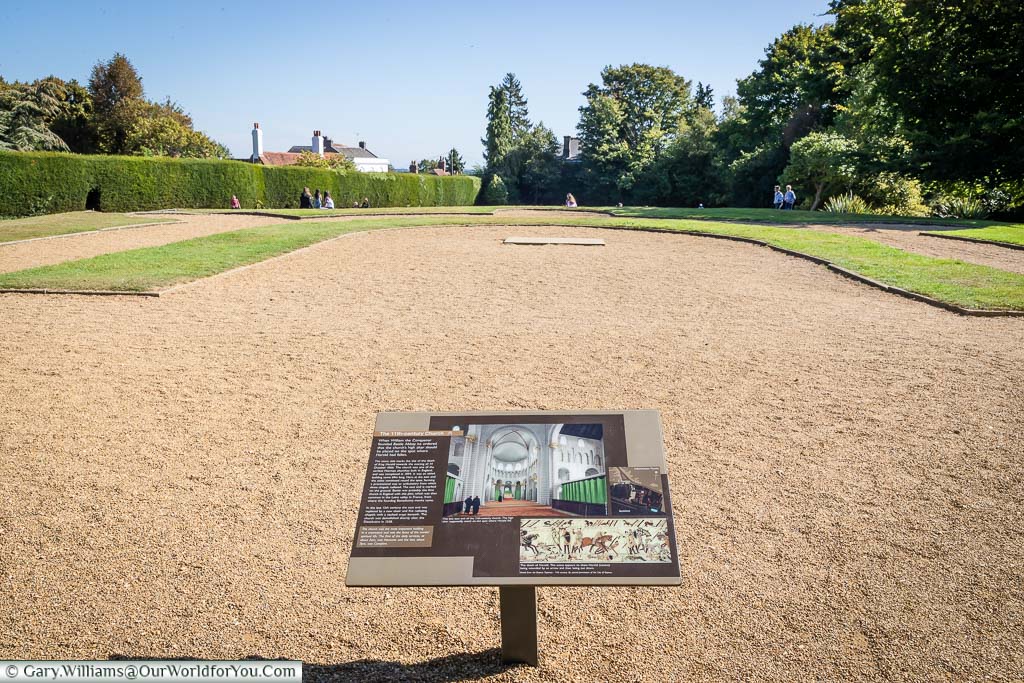
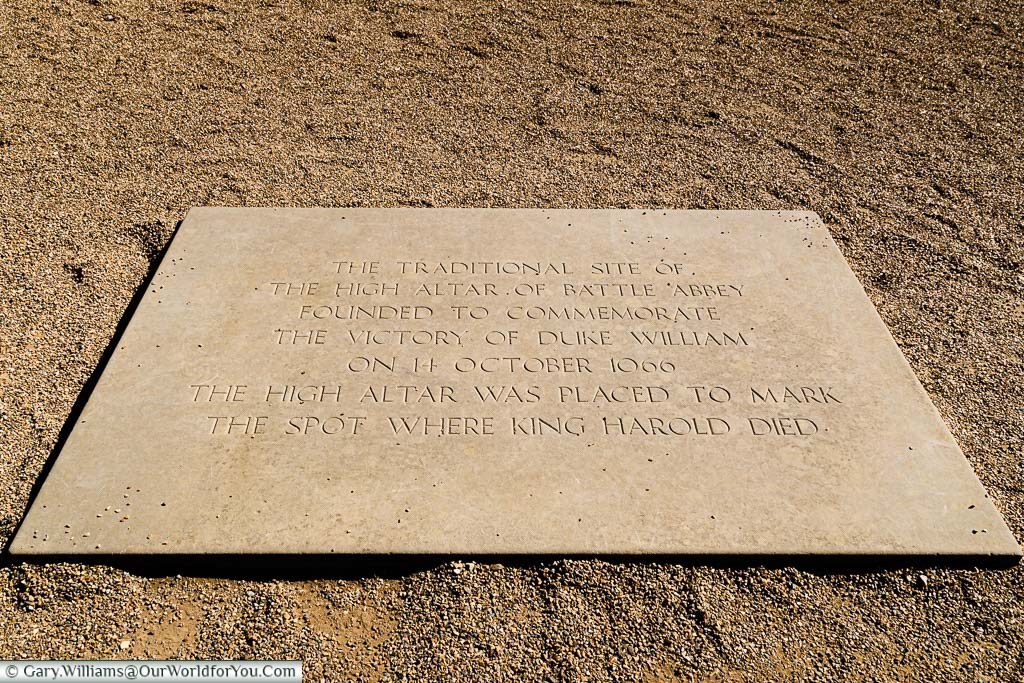

Where to stay in Battle, East Sussex
The legacy of the Battle of Hastings
The Abbot’s House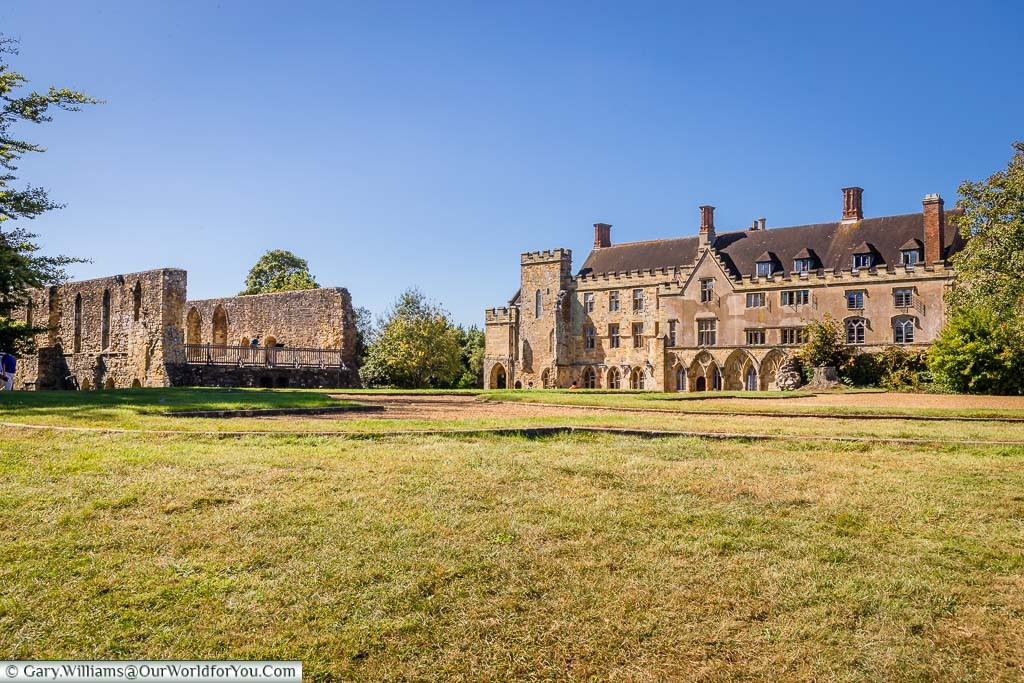
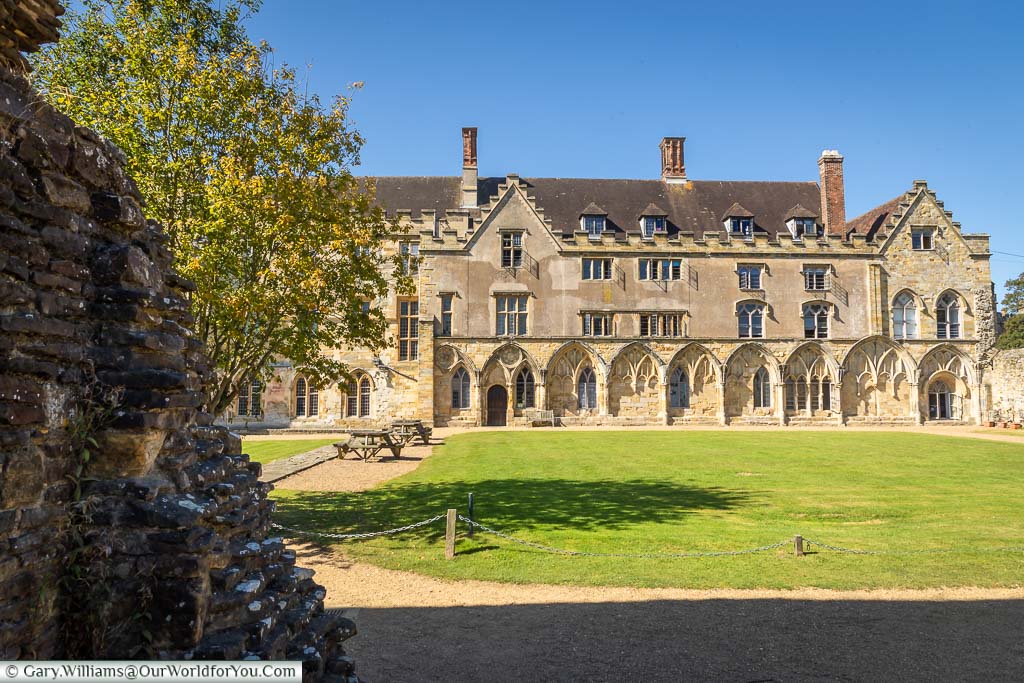
Tour of Normandy
Exploring Battle Abbey
There’s more to discover
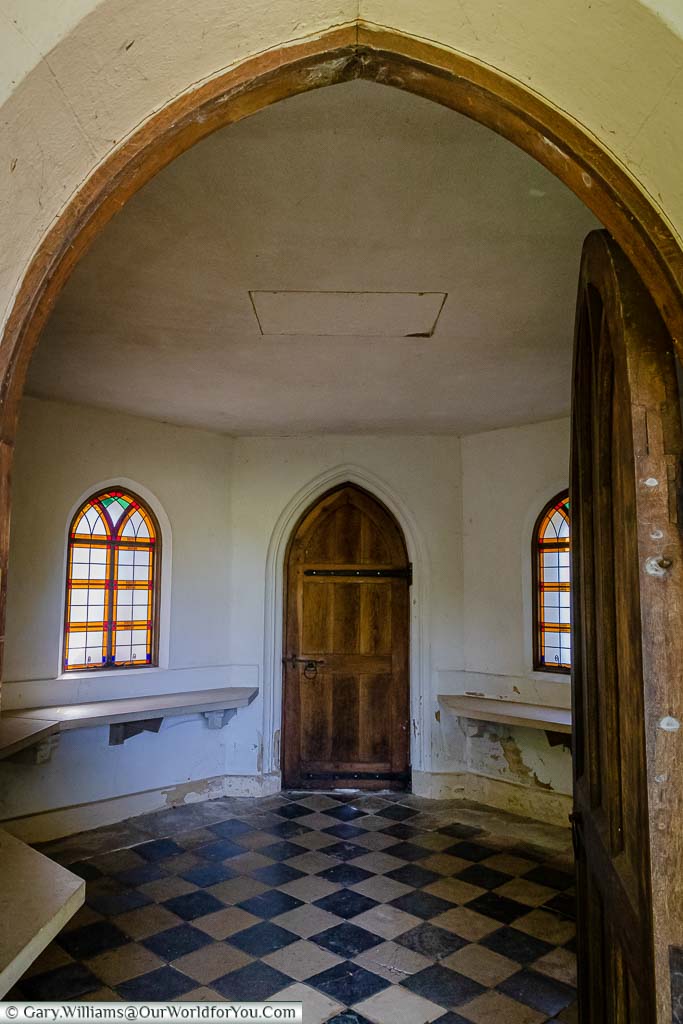
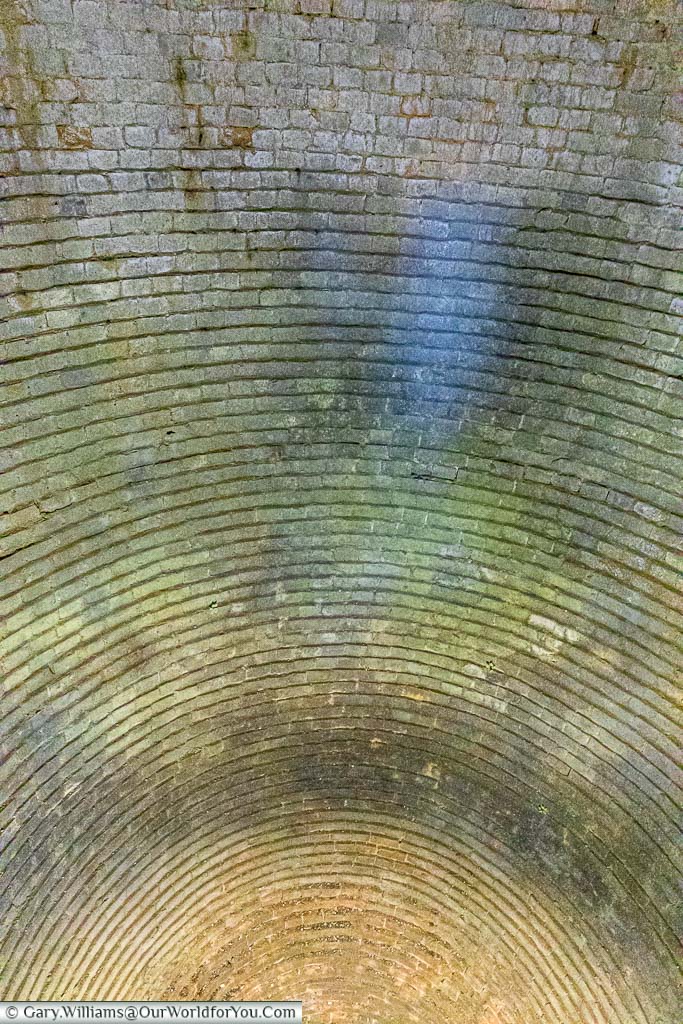
During the winter, ice would have been collected from the surrounding ponds. It was then stored in the icehouse, for use in the dairy the following summer.
The dairy was built in the Gothic style and is adorned with a pretty thatched roof.
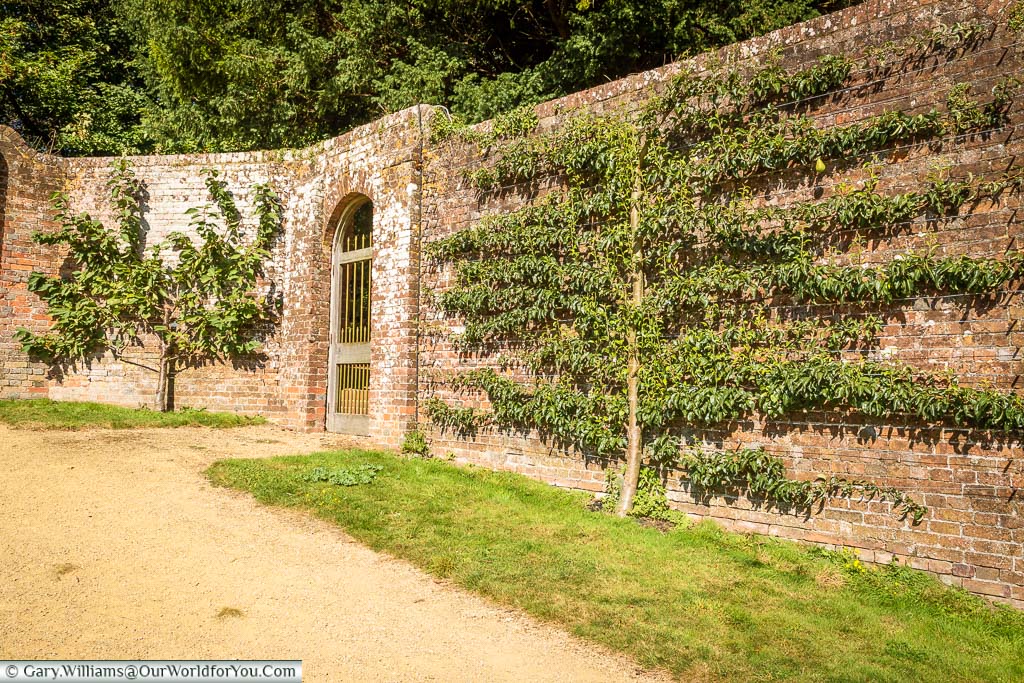
Tempted to?
Discover the Battle of Hastings
The BattlefieldJust over 950 years ago, two already combat scarred nations faced each other across the battlefield, this was to become one of England’s most important battles.
William the Conqueror and his Norman troops and cavalry came face to face with King Harold’s army on 14th October 1066, in the Battle of Hastings.
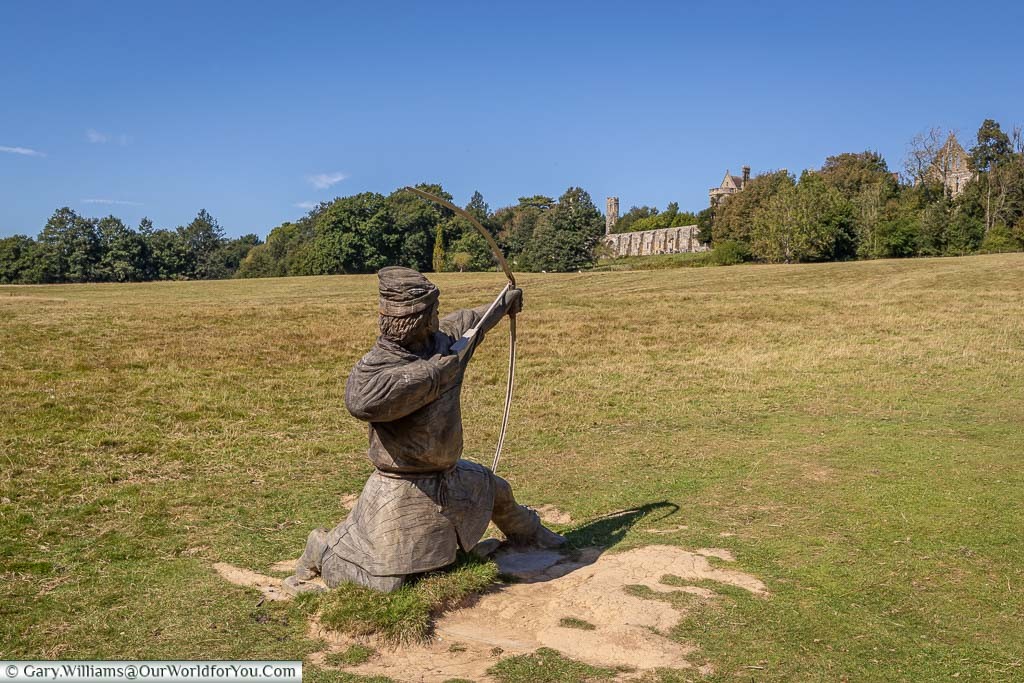
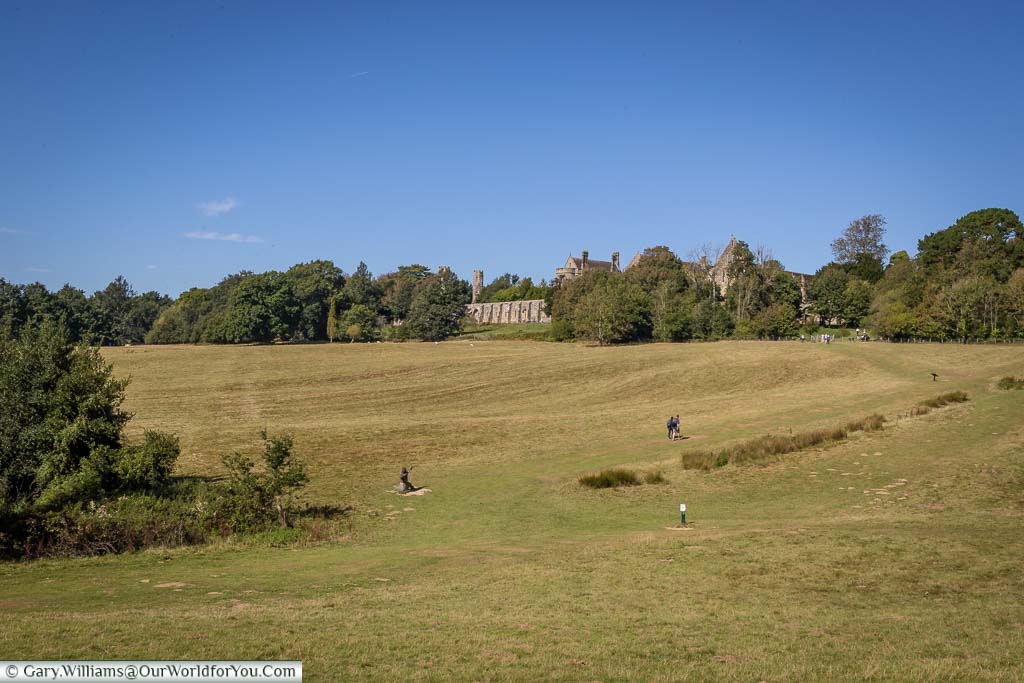
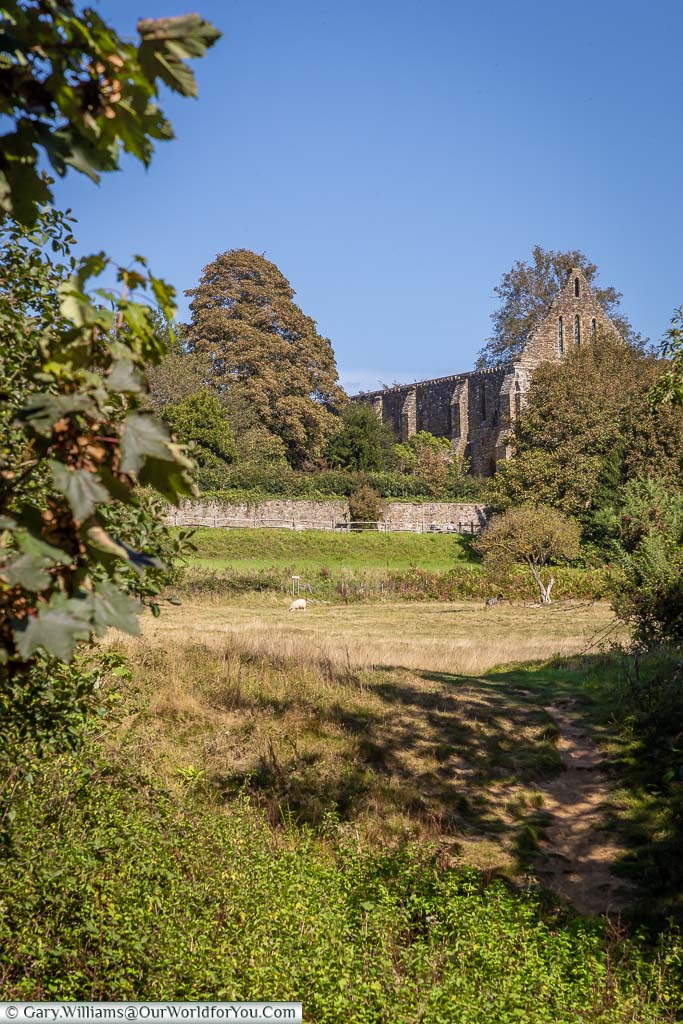
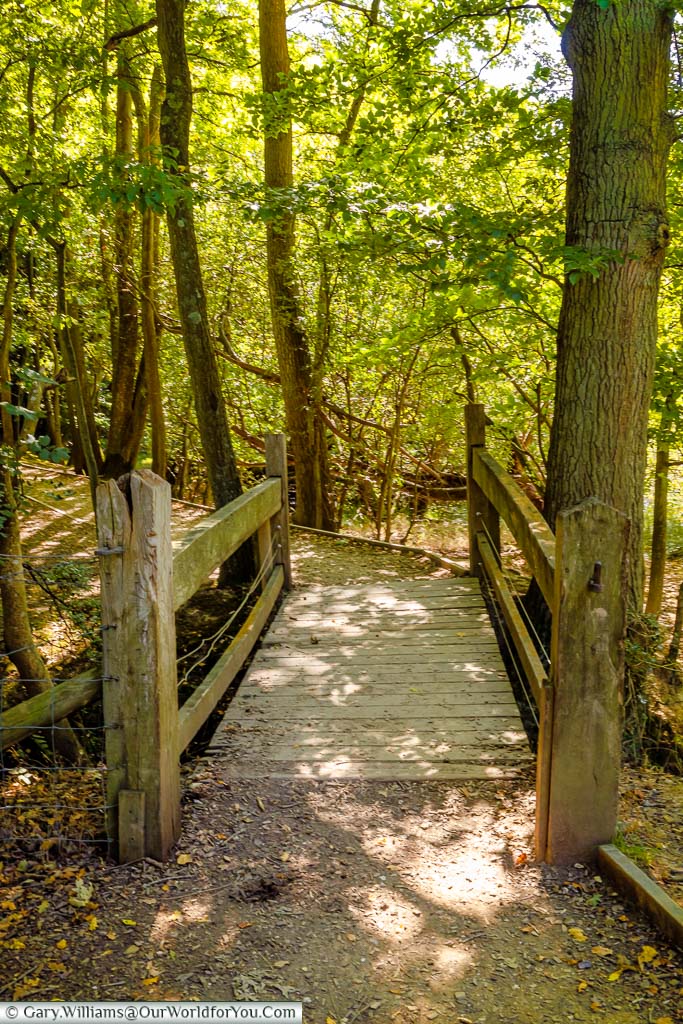
If you don’t mind mingling with sheep (and they certainly don’t mind you), I highly recommend you walk the full tour around the battlefield.
The route is marked along the way by storyboards detailing how the day unfolded for both the French and the English.
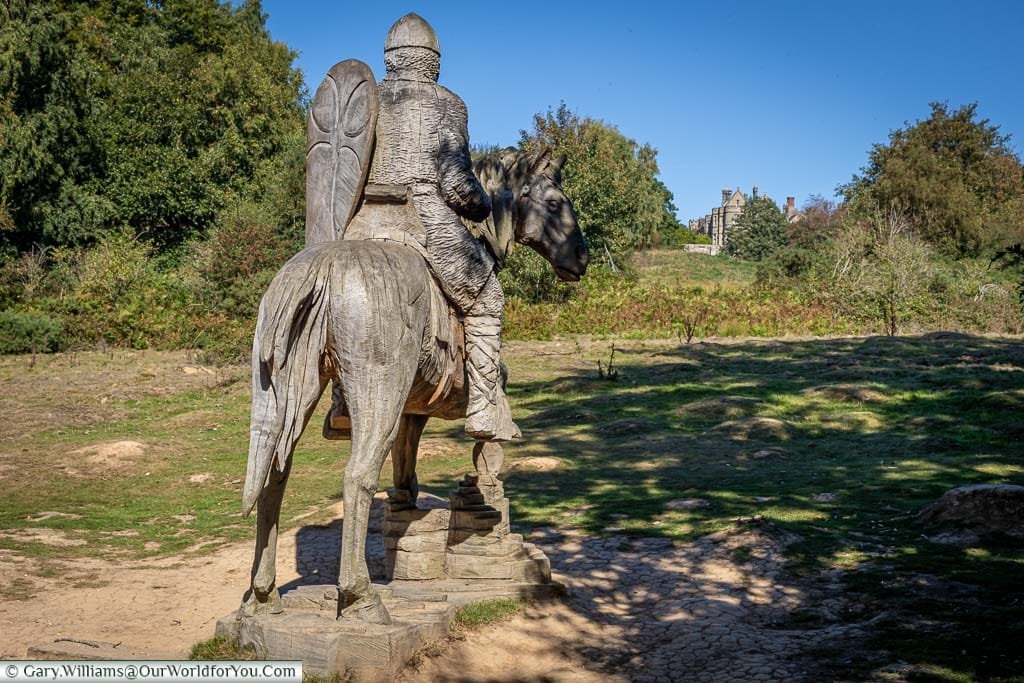
Alternate route
A changing of the guard
William the Conqueror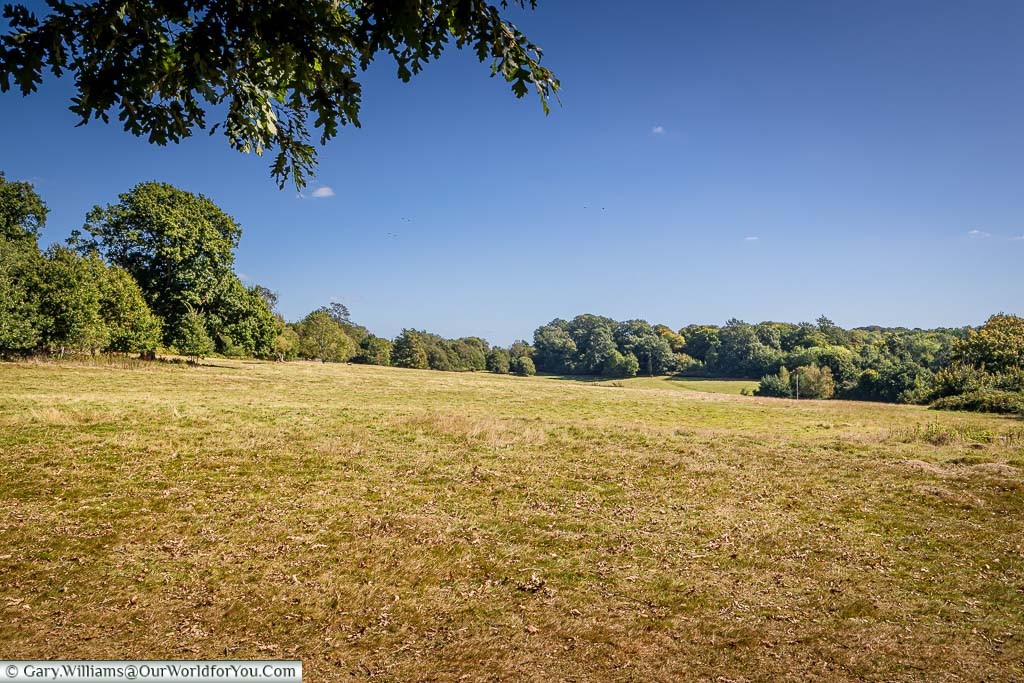
Hiking the East Sussex Countryside
Battle is located in East Sussex, nearby the seaside town of Hastings and the historic village of Robertsbridge. This region of Sussex is ideal for hikes as it is in the High Weald (AONB), an Area of Outstanding Natural Beauty. To explore the trails in this region of East Sussex, the Ordnance Survey map that will help you along the route is no. 124, ‘Hastings & Bexhill’.
Alternatively, why not purchase and download the OS Maps App, which covers all of Great Britain.
Our video of the Battle Abbey
And the battlefieldWe have created a little YouTube video of Battle Abbey Why not take a look?
Also, why not subscribe to our YouTube channel and get the latest clips as we post them?
How to get to Battle, East Sussex
* This post may contain links to affiliated sites where we earn a small commission at no additional charge to you.
